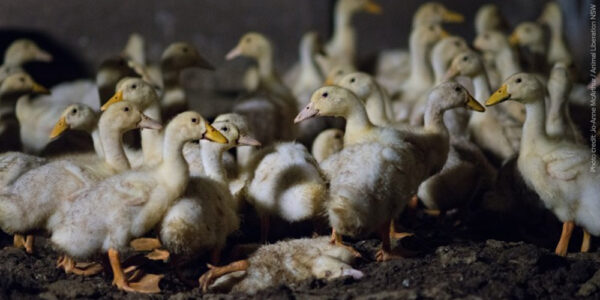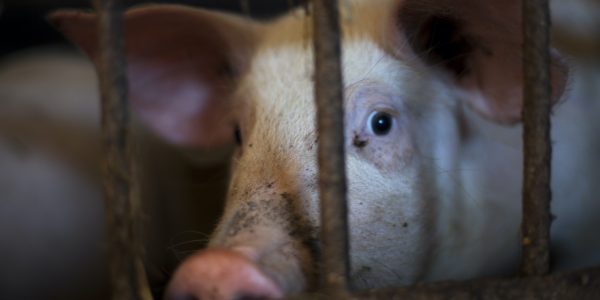Dairy ‘factory farms’ are relatively new in Victoria, and there are already plans for expansion. Here’s how you can help.
Mother cows trapped in the dairy industry live an unnatural life. They are forced to experience pregnancy after pregnancy, but they will never be able to nurture their calves. And now, in terrible news for mother cows, the Australian dairy industry has brought US-style dairy factory farming to Victoria.
In ‘indoor’ dairy facilities, a cow’s movement is restricted. Day after day, she is housed on hard, artificial surfaces or lies on a ‘bed’ of recycled manure. Seven hundred cows are already kept confined to an indoor system in one Victorian facility, with plans to expand that number to 2,500 cows.
The move to this factory farm system highlights the industry’s focus on increasing the milk output of these mothers, but at great cost to their physical and psychological wellbeing. The artificial environment denies cows some of their most natural behaviours. This is an issue on top of concerns that already exist across all dairy systems, such as the separation of mothers and calves, and the killing of ‘bobby calves’
Australians are becoming increasingly aware of how farmed animals suffer in our food systems, and how our choices at the supermarket can spare animals from intensive factory farming becoming the ‘norm’ for dairy cows here in Australia.









